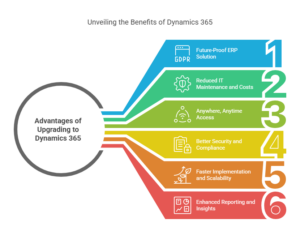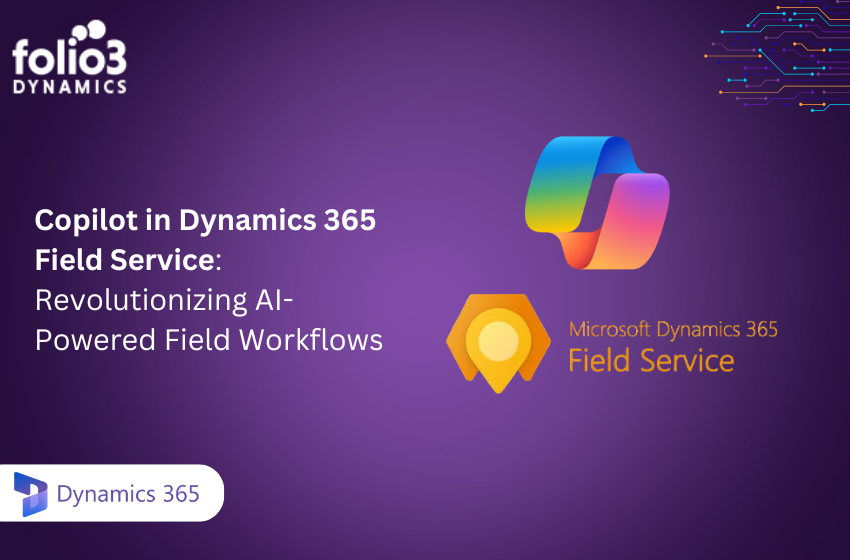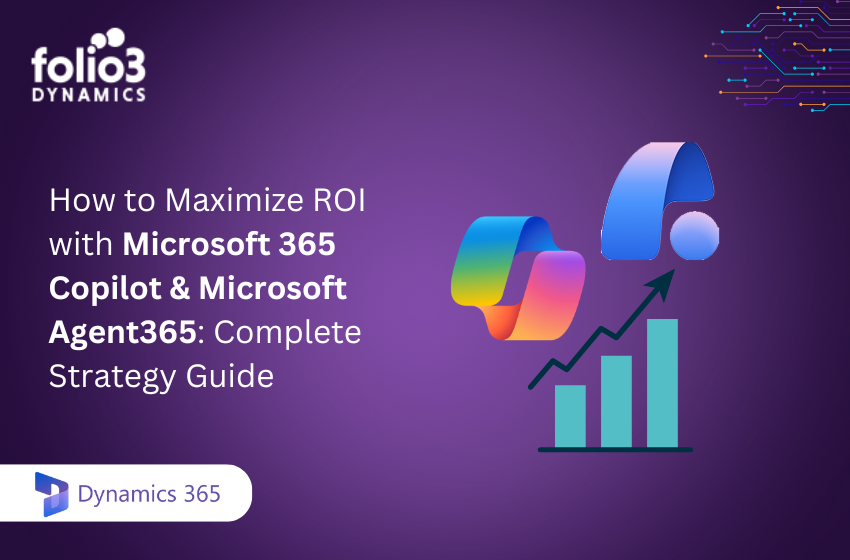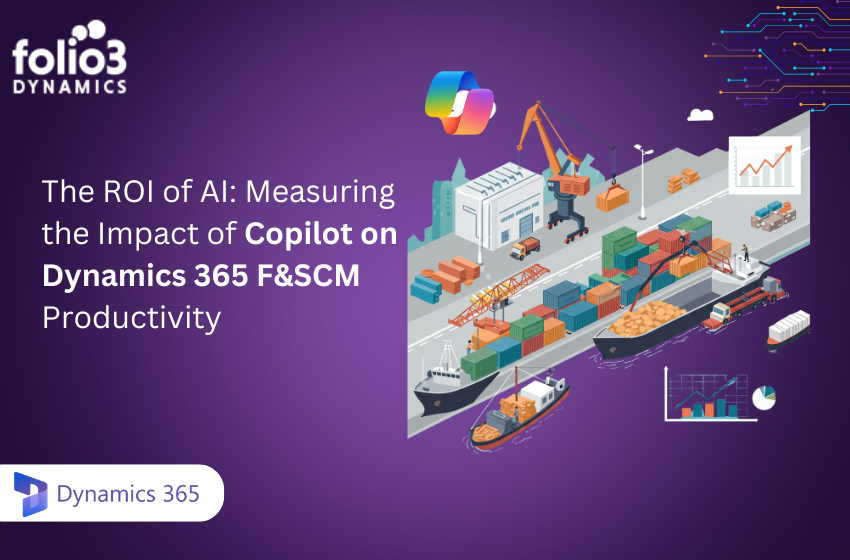According to Statista, there were estimated to be approximately 359 million companies worldwide in 2023, a significant increase from 2020, when there were around 328 million companies.
Moreover,, the total transaction value in the Digital Payments market is projected to reach US$20.37tn in 2025! These numbers are huge but yet fail to do justice in portraying the intensity of the business world today!
Today, about 70% of large enterprises use ERP systems. However, this is not it, choosing the right Enterprise Resource Planning (ERP) system sets the foundation for efficiency, scalability, and staying competitive.
Microsoft has always been a leader in ERP solutions and two of its famous products Dynamics NAV (Navision) and Dynamics 365 Business Central have been at the forefront of helping businesses manage their operations.
Both solutions cater to the needs of small and medium-sized enterprises (SMEs), but they are different when it comes to deployment, functionality, and user experience.
Dynamics NAV has been an on-premises solution for years, but Dynamics 365 Business Central has introduced a modern, cloud-based approach that fits the fast-paced digital environment today.
This detailed comparison will help you understand the differences, advantages, and what best suits your company’s requirements if you are having trouble choosing between the two or are thinking about switching from NAV to Business Central.
Understanding the Foundations
Let us first develop a deeper understanding of the two solutions, before going any further.
Dynamics NAV (Navision)
Dynamics NAV goes back long, it was developed in Denmark as an accounting solution in 1980s. As time passed it evolved and transformed into a complete ERP system, that offered powerful financial management, supply chain, and operational tools designed exclusively for SMEs.
One of the biggest benefits that it offers is its customization capabilities. Companies can modify the system to align with their unique workflows, making it highly flexible.
However, this flexibility came at a cost, which was high IT dependency. Since NAV is an on-premises solution, businesses had to maintain their own servers, manage security, and manually handle the upgrades.
Although NAV successfully served businesses for decades, the advent of cloud computing changed the scenario, and persuaded Microsoft to come up with an alternative that fulfilled needs of the modern day.
Dynamics 365 Business Central
Dynamics 365 Business Central was launched in 2018, is is basically the cloud version of NAV. Microsoft took the best features of NAV and built a scalable, cloud-based ERP that provided enhanced integration, automation, and security.
As oppose to NAV, Business Central is designed to be highly accessible. It is hosted in the cloud, rather than being on premise, and users can access the system from anywhere, and from any device.
Microsoft also provides automatic updates,thus successfully eliminating the need for time-consuming manual upgrades.
Business Central integrates effortlessly with the Microsoft ecosystem, including Microsoft 365, Power BI, and Azure, making it a future-proof solution for businesses that aim to stay at par with modern technologies.
Key Differences Between Dynamics NAV and Dynamics 365 Business Central
Here are the key differences between Dynamics NAV and Dynamics 365 Business Central:
Feature | Dynamics NAV | Dynamics 365 Business Central |
Deployment | On-premises | Cloud-based with on-premises option |
User Interface | Traditional desktop UI | Modern web-based, mobile-friendly UI |
Integration | Limited, requires manual setup | Seamless Microsoft 365 and Power Platform integration |
Customization | Highly customizable but complex | Easier customization with extensions |
Updates | Manual upgrades | Automatic biannual updates |
User Accessibility | Limited to local network access | Accessible from anywhere |
Support | IT-dependent maintenance | Managed by Microsoft with 24/7 support |
Deployment Models
Lets have a look at the deployment models of both solutions that define where the infrastructure for your deployment resides and who has ownership over the infrastructure.
Dynamics NAV: On-Premises Control
NAV is a completely on-premises ERP, this means that businesses need their own infrastructure to run the system. This method gives you full control over your data and security,. Hence it is an attractive option for industries operating under strict compliance requirements.
However, a major drawback is that on-premises solutions have higher costs. Businesses have to invest in hardware, IT personnel, and regular maintenance. Security updates and system upgrades must also be handled manually, which can be time-consuming and costly.
Dynamics 365 Business Central: Cloud Flexibility
On the contrary, Business Central functions in the cloud, hence reducing IT and infrastructure costs. Microsoft handles security, updates, and system performance, freeing businesses to focus on operations rather than getting bogged down by IT maintenance.
Businesses can scale their usage based on needs without incurring hefty upfront costs.
NAV: Traditional but Familiar
The user-interface of NAV has remained unchanged over the years. It has a classic, menu-driven desktop, which long-time users are familiar with. However as compared to modern ERP solutions, the interface can feel obsolete and less intuitive.
Because NAV was built primarily for on-premises use, it does not have the native web accessibility, thus users are often bound to office networks.
Although some businesses have implemented remote access solutions, they need additional configuration and maintenance for that. But this adds to IT costs.
Business Central: Modern, Intuitive, and Web-Based
Business Central has introduced a latest web-based interface designed for modern business operations. The system is always highly responsive and user-friendly regardless that you are accessing it from a desktop, tablet, or smartphone.
The dashboard is customizable, and enables users to personalize their workspace with the required reports, KPIs, and frequently used functions. The system also comes embedded with AI-driven insights that helping users to make informed decisions.
Moreover, Business Central’s integration with Microsoft 365 means that users can easily navigate between Outlook, Excel, and Teams without switching between multiple applications.
Integration Capabilities
To maximize ERP efficiency, smooth integration with other business tools is important.
NAV: Limited and Manual Integration
NAV enables integration with external applications, but it usually requires custom development or third-party connectors for that. Although companies can connect NAV to tools like Excel, CRM systems, and reporting platforms, it mandates technical expertise and additional setup.
As a result, businesses relying on NAV often face data silos, this is when information is fragmented across different systems, making reporting and decision-making difficult.
Business Central: Deep Microsoft Integration
Business Central gets rid of the challenges associated with native integration in the Microsoft ecosystem. Business Central facilitates smooth data flow across applications such as Power BI for analytics, Outlook for email, and Microsoft Teams for collaboration,.
The Microsoft Power Platform extends the functionality of Business Central. By Power Automate, businesses can automate their workflows such as invoicing or inventory updates without writing any code.
Companies that use multiple cloud applications, Business Central also supports third-party integrations by APIs and extensions available in the Microsoft AppSource.
Pricing Comparison
The price of an ERP system includes licensing, maintenance, and IT costs over time in addition to the initial expense.
Cost Component | Dynamics NAV | Dynamics 365 Business Central |
Licensing Model | One-time purchase + annual fees | Monthly per-user subscription |
Starting Price | Varied based on user count (~$10,000+) | Starts at $70/user/month (Essentials) |
Maintenance Costs | High due to in-house IT needs | Included in subscription |
NAV: Higher Upfront Costs and IT Overhead
NAV usually requires a large upfront investment, and businesses have to purchase perpetual licenses and pay for continuous maintenance. The total cost varies according to the number of users and the level of customization.
As NAV runs on-premises, businesses must also pay for server costs, IT personnel salaries, security measures, and upgrades. All these expenses add to long-term operational costs.
Business Central: Subscription-Based Pricing with Lower IT Costs
On the other hand, Business Central functions on a subscription model, and companies only pay per user, per month. This flexible pricing structure minimizes the upfront costs and makes it easy to forecast expenses.
By the help of automatic updates and cloud hosting managed by Microsoft, businesses no longer have to worry about server maintenance, security patches, or costly upgrades. This shift empowers companies to designate IT resources for strategic purposes rather than infrastructure management.
Advantages of Upgrading to Dynamics 365 Business Central

1.Future-Proof ERP Solution
Business Central represents the future of Microsoft ERP systems, by including advanced analytics, AI capabilities, and extensive reporting tools that are essential for data-driven decision-making.
2. Reduced IT Maintenance and Costs
With Microsoft managing updates and infrastructure in Business Central, businesses can get rid of hefty hardware investments, IT staff for ERP maintenance, and unexpected upgrade costs.
3. Anywhere, Anytime Access
In the current remote and hybrid work environments, Business Central offers cloud-first approach that gives high flexibility by enabling users to work from any place, on any device.
4. Better Security and Compliance
Since it is hosted on Microsoft Azure, Business Central benefits from enterprise-grade security, automated backups, and regulatory compliance. Thus successfully minimizig risks thata arise due to on-premises data storage.
5. Faster Implementation and Scalability
Business Central can be deployed quickly, enabling businesses to scale operations without major downtime, in contrast to NAV, which necessitates complex sets up and settings.
6. Enhanced Reporting and Insights
With the help of AI-powered analytics and real-time dashboards, Business Central provides smarter decision-making tools that help businesses to stay agile in competitive markets.
Conclusion
When comparing Dynamics NAV and Dynamics 365 Business Central, it is evident that both systems have strong ERP capabilities, but Business Central makes use of modern advantages that make it a better future proof choice.
Although NAV is a reliable solution for businesses that are satisfied with on-premises setups, the shift toward cloud computing, automation, and integration makes Business Central a more flexible, cost-effective, and scalable ERP for the growing companies today.
If you are using NAV and considering a change or an upgrade , the shifting to Business Central can open doors to enhanced efficiency, reduced IT overhead, and better business insights for you.
At Folio3, we specialize in helping businesses migrate from NAV to Business Central, guaranteeing a smooth transition with minimal disruption. our team is here to support you through your new journey toward a modern and efficient ERP system.
Contact Folio3 today to unravel how Business Central can redefine your business operations and help you compete in this digital era.


